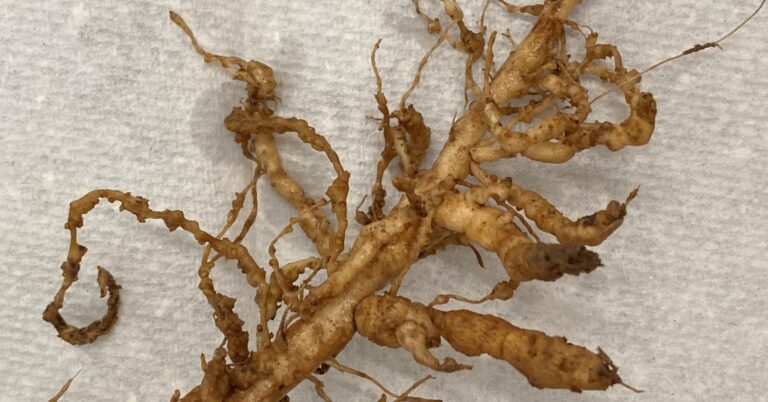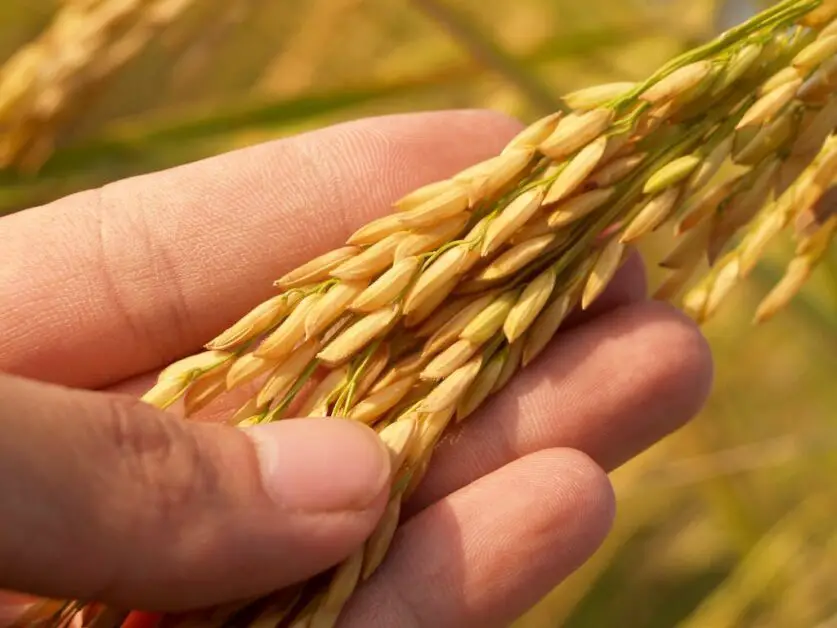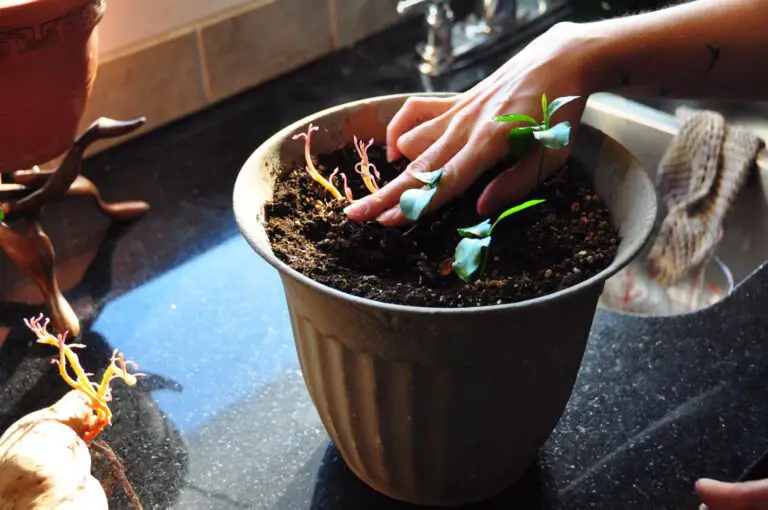Turmeric Cultivation: Growing the Golden Spice
Benefits of Growing Turmeric
Turmeric, scientifically known as Curcuma longa, is a versatile plant that offers a multitude of benefits for both your health and garden. One of the most prominent advantages of growing turmeric is its potent medicinal properties. This vibrant orange spice contains a bioactive compound called curcumin, which has powerful anti-inflammatory and antioxidant effects. Incorporating fresh turmeric into your diet can help boost your immune system, improve digestion, and even reduce the risk of chronic diseases.
In addition to its health benefits, cultivating turmeric can also be a rewarding experience for any gardener. This perennial plant is relatively low maintenance and can thrive in a variety of climates, making it accessible to a wide range of growers. With its striking foliage and beautiful flowers, turmeric adds a touch of vibrancy to any garden landscape. Furthermore, by growing your own turmeric, you can ensure a fresh and sustainable source of this prized spice for your culinary creations.
Ideal Climate and Soil Conditions for Turmeric
Turmeric thrives best in a humid tropical climate with temperatures ranging from 20-30 degrees Celsius. Consistent rainfall is crucial, with an annual average of 1000-2000 mm ideal for robust growth. Turmeric is sensitive to frost and cannot withstand temperatures below 10 degrees Celsius, so it’s essential to avoid planting during cold seasons.
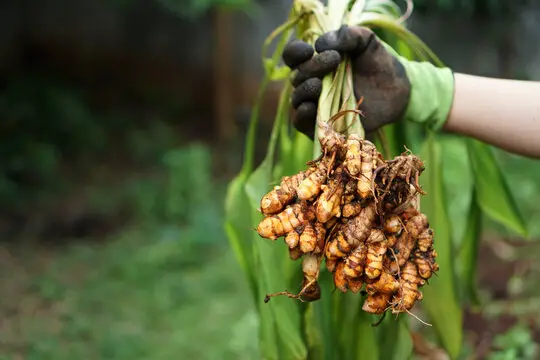
When it comes to soil conditions, turmeric prefers well-draining loamy soil with a pH level of 5.5-7.5. The soil should be rich in organic matter to support healthy root development and nutrient absorption. Avoid waterlogged or clayey soils as they can lead to root rot and stunted growth. Conducting a soil test before planting can help determine if any amendments are needed to optimize soil quality for successful turmeric cultivation.
Selecting the Right Turmeric Varieties for Cultivation
When selecting the right turmeric varieties for cultivation, it is essential to consider the specific characteristics of each type to ensure successful growth and yield. Different turmeric varieties offer varying levels of flavor, color, and active compounds such as curcumin, which is responsible for many of turmeric’s health benefits. Some popular turmeric varieties include Alleppey Finger, Erode Turmeric, and Sangli Turmeric, each with unique attributes that may suit different growing conditions and intended uses. By researching and selecting the most suitable turmeric varieties based on your specific needs and growing conditions, you can optimize the success of your cultivation endeavors.
Additionally, factors such as climate, soil type, and desired harvesting period should also influence your choice of turmeric variety. Certain turmeric varieties may thrive better in tropical climates with high humidity and rainfall, while others are more resilient to cooler or dryer conditions. Understanding the ideal growing conditions for each turmeric variety can significantly impact the overall yield and quality of the harvest. By selecting the right turmeric varieties that align with your climate and soil conditions, you can enhance the productivity and sustainability of your turmeric cultivation efforts.
Preparing the Land for Turmeric Planting
To prepare the land for turmeric planting, it is essential to ensure that the soil is well-drained and rich in organic matter. Turmeric thrives in loose, loamy soil that is slightly acidic with a pH level between 6.0 and 7.5. Before planting, conduct a soil test to determine its nutrient content and pH level, making any necessary amendments such as adding compost or well-rotted manure to improve soil fertility.
In addition to soil preparation, it is recommended to clear the land of any weeds, rocks, or debris that may impede the growth of turmeric plants. This can be done by hand weeding or using appropriate tools to ensure a clean planting bed. Proper land preparation sets the foundation for successful turmeric cultivation, providing the optimal growing conditions for the crop to thrive and produce a bountiful harvest.
Planting Turmeric Rhizomes
Turmeric rhizomes should be planted in well-draining soil, preferably with a pH level between 5.5 and 7.5 for optimal growth. The ideal depth for planting turmeric rhizomes is around 2 inches, with a spacing of about 7-10 inches between each rhizome. It is essential to ensure that the rhizomes are planted with the buds facing upward to encourage proper sprouting.
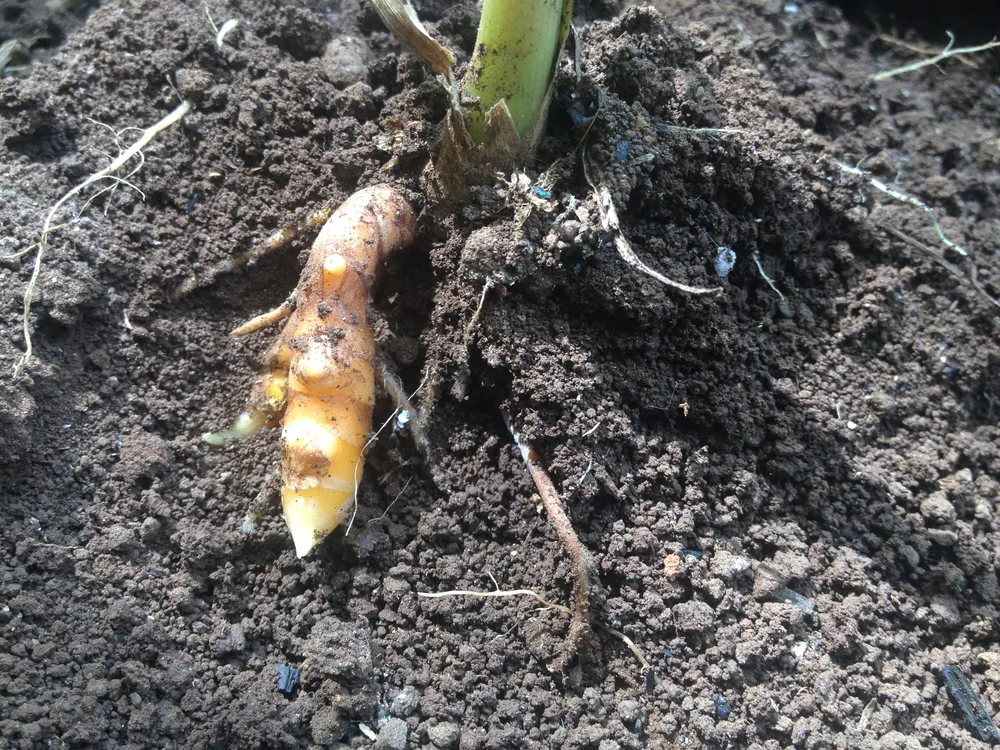
After planting the turmeric rhizomes, it is crucial to water them thoroughly to kickstart the growth process. It is recommended to water the turmeric plants consistently, keeping the soil moist but not waterlogged. As the plants begin to develop, regular monitoring of water levels is necessary to prevent water stress or rotting of the rhizomes. Additionally, mulching around the plants can help retain soil moisture and suppress weed growth, promoting healthier turmeric growth.
Watering and Irrigation Techniques for Turmeric
Proper watering and irrigation are crucial for the successful growth of turmeric plants. Turmeric requires consistent moisture, especially during the early stages of growth. It is essential to provide adequate water to ensure that the rhizomes develop well and the plants thrive.
When watering turmeric, it is important to maintain a balance. The soil should be kept moist but not waterlogged to prevent issues like rotting of the rhizomes. Irrigation should be done evenly to reach the entire root zone of the plants. Overwatering can lead to diseases and pest infestations, while underwatering can result in poor growth and low yield. Monitoring the soil moisture levels regularly and adjusting the watering schedule accordingly will help in promoting healthy turmeric plants.
Managing Weeds in Turmeric Fields
Weeds can quickly become a nuisance in turmeric fields, competing with the plants for nutrients, water, and sunlight. To effectively manage weeds, manual weeding and mulching can be employed. Manual weeding involves physically removing weeds by hand or using tools, while mulching helps suppress weed growth by covering the soil around turmeric plants with organic materials like straw or leaves.
Additionally, implementing crop rotation techniques can help break the weed lifecycle and reduce their prevalence in turmeric fields. By rotating turmeric with crops that are not susceptible to the same weeds, farmers can disrupt the weed population’s growth and propagation. It is essential to stay vigilant and regularly monitor the field for any weed growth, as early intervention can prevent weed infestations from becoming overwhelming and negatively impacting turmeric plant growth and yield.
Here is a table showing the managment tips for turmeric fields:
| Weed Management Methods | Description |
|---|---|
| Manual Weeding | Hand-pulling weeds manually from turmeric fields, especially during the early growth stages of the crop. |
| Mechanical Cultivation | Use of mechanical tools such as cultivators or weeders to disrupt weed growth and uproot them from the soil. |
| Mulching | Application of organic mulches such as straw or leaves around turmeric plants to suppress weed growth and conserve soil moisture. |
| Cover Cropping | Planting cover crops such as legumes or grasses to outcompete weeds for resources and provide ground cover. |
| Herbicides | Selective herbicides may be used judiciously to target specific weed species while minimizing damage to turmeric plants. |
| Crop Rotation | Rotating turmeric with other crops can help break weed cycles and reduce weed pressure in subsequent turmeric crops. |
| Weed Barrier Fabric | Installing weed barrier fabric or plastic mulches to suppress weed growth and provide a physical barrier around turmeric plants. |
| Integrated Weed Management | Combination of various weed control methods tailored to the specific weed species and field conditions. |
Fertilizing Turmeric Plants
When it comes to fertilizing turmeric plants, it is essential to provide the necessary nutrients for their optimal growth and development. Turmeric is a heavy feeder, requiring a balanced mix of essential nutrients such as nitrogen, phosphorus, and potassium. A general recommendation is to use a balanced fertilizer with an NPK ratio of 10-10-10 or similar formulation to meet the plant’s nutritional needs throughout its growth stages.
Additionally, organic fertilizers can be beneficial for turmeric plants, as they provide slow-release nutrients and improve the soil structure. Compost, well-rotted manure, and organic matter can enrich the soil and enhance its fertility, promoting healthy growth and better yield. Regular fertilization, especially during the growing season, can help ensure that turmeric plants receive adequate nutrition for robust growth and development.
Protecting Turmeric Plants from Pests and Diseases
To protect your turmeric plants from pests and diseases, it’s crucial to implement integrated pest management strategies. Regularly inspect your plants for any signs of pest infestations or diseases. Early detection is key to preventing widespread damage. Utilizing beneficial insects like ladybugs and lacewings can help naturally control pest populations without the need for harmful pesticides. Additionally, consider incorporating companion planting techniques to repel pests and attract beneficial insects to your turmeric crop.
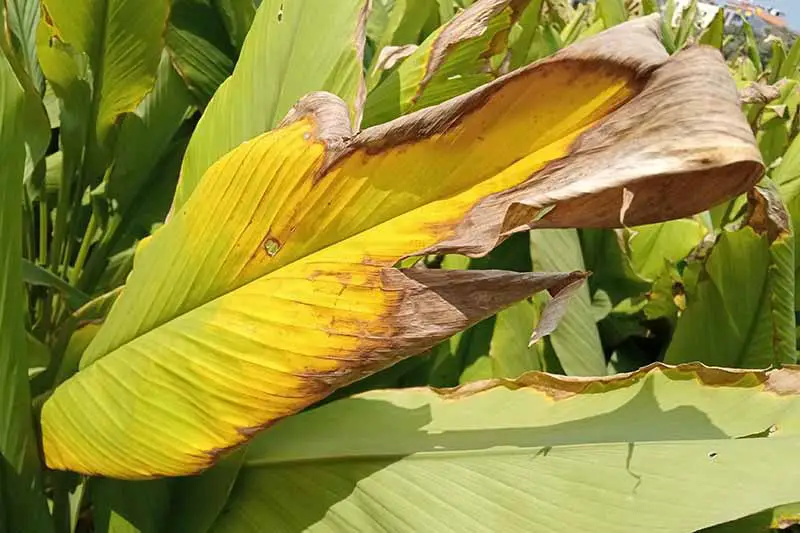
Maintaining proper plant hygiene is essential in preventing diseases in turmeric plants. Avoid overhead watering to reduce the risk of fungal infections. Prune any infected or dead plant parts to prevent the spread of diseases. Rotate your turmeric crop with other non-related plants to break disease cycles in the soil. Applying organic fungicides or biocontrol agents can also aid in disease prevention. By following these practices, you can safeguard your turmeric plants and ensure a healthy harvest.
Pruning and Thinning Turmeric Plants
Pruning and thinning are essential tasks in maintaining healthy and productive turmeric plants. Pruning helps promote airflow and sunlight penetration, reducing the risk of diseases and ensuring optimal growth. Remove any dead or yellowing leaves, as well as any damaged or diseased parts of the plant. This will redirect the plant’s energy towards producing healthy foliage and vibrant rhizomes.
Thinning out overcrowded turmeric plants is crucial for preventing competition for nutrients and space. By spacing out the plants adequately, you allow each plant to access the necessary resources for robust growth. Thin out any excess shoots or rhizomes, leaving behind only the healthiest and strongest plants. This practice not only improves the overall health of the turmeric crop but also enhances the quality and size of the rhizomes at harvest.
Harvesting Turmeric at the Right Time
When it comes to harvesting turmeric, timing is crucial for ensuring a high-quality yield. The ideal time to harvest turmeric is when the leaves start to turn yellow and dry out, usually around 8 to 10 months after planting. At this stage, the rhizomes are mature and ready to be harvested for their rich flavor and medicinal properties.
Harvesting turmeric should be done carefully to avoid damaging the rhizomes. Use a digging fork or shovel to gently loosen the soil around the plant, then carefully lift the rhizomes from the ground. Be sure to remove any excess soil and clean the rhizomes before storing or processing them further. Harvested turmeric can be used fresh or dried for long-term storage and utilization in various culinary and medicinal applications.
Drying and Curing Turmeric
Once the turmeric rhizomes have been harvested, the next crucial step is to dry and cure them properly. Drying turmeric is vital to reduce moisture content and prevent mold growth. The rhizomes can be dried naturally by laying them out in a well-ventilated area with ample sunlight or using a dehydrator set to a low temperature. It is essential to ensure that the rhizomes are completely dry before moving on to the curing process.
Curing turmeric involves further drying the rhizomes to enhance flavor, aroma, and color. This process typically takes a few weeks and involves storing the rhizomes in a cool, dark place with good air circulation. Curing allows the flavors to mature and intensify, resulting in high-quality turmeric powder. Once the rhizomes are fully dried and cured, they can be ground into a fine powder to be used in various culinary dishes or for medicinal purposes.
Storing Turmeric for Long-Term Use
Once you have harvested and dried your turmeric, proper storage is crucial to maintain its freshness and potency for long-term use. To keep turmeric rhizomes in optimal condition, store them in a cool, dark place with good ventilation. Avoid areas with direct sunlight, moisture, or fluctuating temperatures, as these can degrade the quality of the turmeric over time.
Using airtight containers, such as glass jars or zip-lock bags, can help preserve the turmeric’s flavor and aroma. Ensure that the containers are sealed tightly to prevent air and moisture from affecting the turmeric. Label the containers with the date of storage to keep track of the turmeric’s freshness. When stored correctly, turmeric can maintain its quality for up to two years, providing you with a steady supply of this versatile spice for various culinary and medicinal purposes.
Commercial Opportunities in Turmeric Cultivation
Turmeric cultivation offers a wide range of commercial opportunities, making it an attractive venture for farmers and entrepreneurs alike. The rising global demand for turmeric, driven by its various health benefits and culinary uses, presents a promising market for growers. With the increasing popularity of natural remedies and holistic wellness practices, turmeric has gained significant attention for its anti-inflammatory and antioxidant properties, further fueling its market growth.
Moreover, the versatility of turmeric as a spice, dye, and even in beauty products opens up diverse avenues for farmers to explore in terms of product development and market expansion. From selling fresh turmeric rhizomes to processing them into powder or extracts, there is ample scope for value addition at different stages of the supply chain. By tapping into this burgeoning market and leveraging the multiple uses of turmeric, cultivators can not only profit from its cultivation but also contribute to the growing demand for this golden spice worldwide.
The table below shows the opportunities in turmeric cultivation:
| Commercial Opportunities | Description |
|---|---|
| Spice Industry | Turmeric is widely used as a spice, offering opportunities for farmers to sell dried turmeric to spice markets. |
| Food and Beverage Sector | Turmeric is used as a natural food coloring agent and flavoring in various food and beverage products. |
| Herbal Medicine | Turmeric has medicinal properties and is used in traditional medicine and herbal remedies worldwide. |
| Dietary Supplements | Turmeric supplements are popular for their potential health benefits, offering opportunities for producers. |
| Cosmetic Industry | Turmeric is used in cosmetics and skincare products for its anti-inflammatory and antioxidant properties. |
| Pharmaceutical Industry | Curcumin, a compound found in turmeric, has pharmaceutical applications and potential therapeutic benefits. |
| Export Market | Turmeric cultivation offers opportunities for export to international markets with high demand for spices. |
| Value-Added Products | Processing turmeric into products like turmeric powder, extracts, or oils can add value and increase profits. |
Success Stories of Turmeric Farmers
One inspiring success story in turmeric cultivation comes from a small farm in southern India, where a dedicated farmer implemented organic farming practices to grow high-quality turmeric. By focusing on soil health and natural pest control methods, the farmer managed to significantly increase the yield and quality of the turmeric harvest. This success not only improved the farmer’s livelihood but also inspired neighboring farmers to adopt similar sustainable practices in their turmeric cultivation.
In another success story, a family-owned turmeric farm in Southeast Asia leveraged modern agricultural techniques to streamline their farming operations and increase productivity. By investing in innovative irrigation systems and precision farming technologies, the farm not only boosted turmeric production but also optimized resource utilization and minimized environmental impact. This success story showcases the importance of embracing advancements in agriculture to achieve sustainable growth and profitability in turmeric farming.
Watch the full vidoe to learn every tips you need to know to grow tumeric.
How can turmeric farmers benefit from growing turmeric?
Turmeric farmers can benefit from growing turmeric by tapping into the increasing demand for this spice due to its various health benefits and culinary uses. It can also be a profitable crop to cultivate.
What are some commercial opportunities available in turmeric cultivation?
Some commercial opportunities in turmeric cultivation include selling turmeric powder, extracts, or fresh turmeric rhizomes to spice manufacturers, health food stores, and direct consumers. Farmers can also explore value-added products like turmeric supplements or beauty products.
How can turmeric farmers protect their plants from pests and diseases?
Turmeric farmers can protect their plants from pests and diseases by practicing good crop rotation, maintaining proper spacing between plants, using organic pesticides or fungicides when necessary, and ensuring proper drainage to prevent waterlogged soil conditions.
What are some ideal soil conditions for growing turmeric?
Turmeric thrives in well-drained, sandy loam soil with a pH range of 6.0 to 7.8. The soil should be rich in organic matter and have good moisture retention capacity.
How can turmeric farmers ensure a successful harvest?
Turmeric farmers can ensure a successful harvest by harvesting the rhizomes at the right time, drying and curing them properly, and storing them in a cool, dry place to maintain their quality. Proper care and maintenance of the plants throughout the growing season also contribute to a successful harvest.




